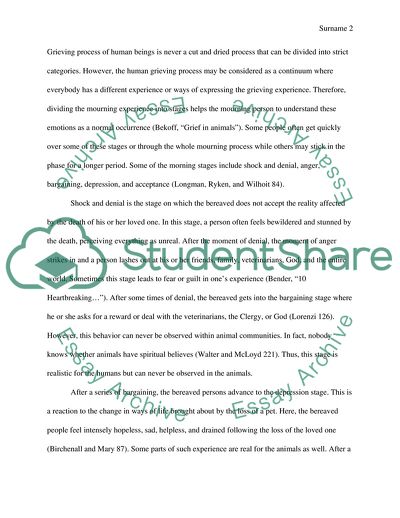Cite this document
(How Animals Mourn Their Dead Mates Coursework Example | Topics and Well Written Essays - 2000 words - 1, n.d.)
How Animals Mourn Their Dead Mates Coursework Example | Topics and Well Written Essays - 2000 words - 1. https://studentshare.org/biology/1782191-animals-grievingmourning-their-dead
How Animals Mourn Their Dead Mates Coursework Example | Topics and Well Written Essays - 2000 words - 1. https://studentshare.org/biology/1782191-animals-grievingmourning-their-dead
(How Animals Mourn Their Dead Mates Coursework Example | Topics and Well Written Essays - 2000 Words - 1)
How Animals Mourn Their Dead Mates Coursework Example | Topics and Well Written Essays - 2000 Words - 1. https://studentshare.org/biology/1782191-animals-grievingmourning-their-dead.
How Animals Mourn Their Dead Mates Coursework Example | Topics and Well Written Essays - 2000 Words - 1. https://studentshare.org/biology/1782191-animals-grievingmourning-their-dead.
“How Animals Mourn Their Dead Mates Coursework Example | Topics and Well Written Essays - 2000 Words - 1”. https://studentshare.org/biology/1782191-animals-grievingmourning-their-dead.


